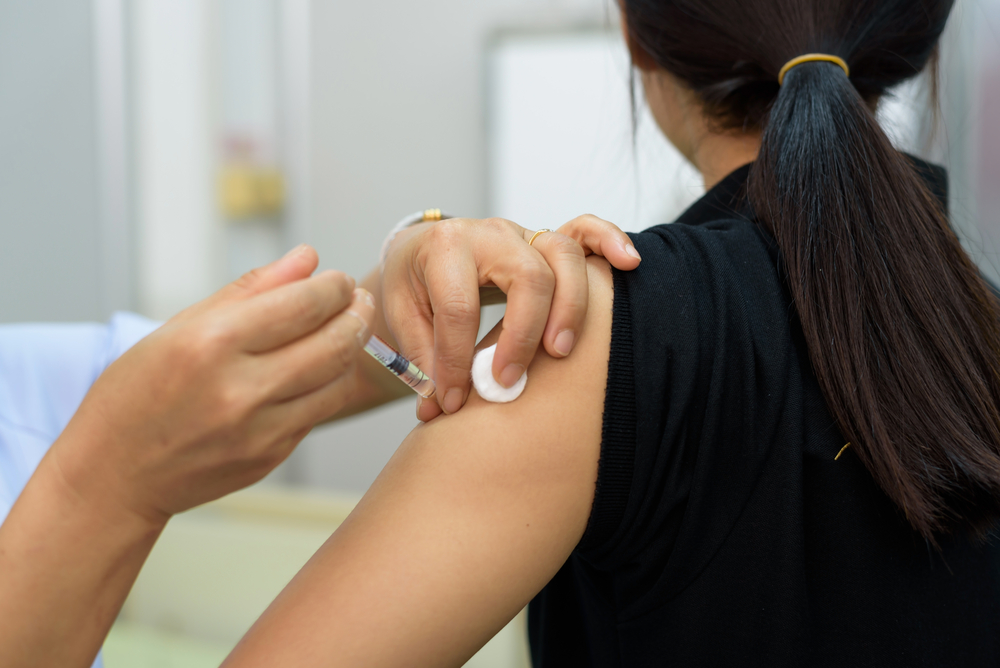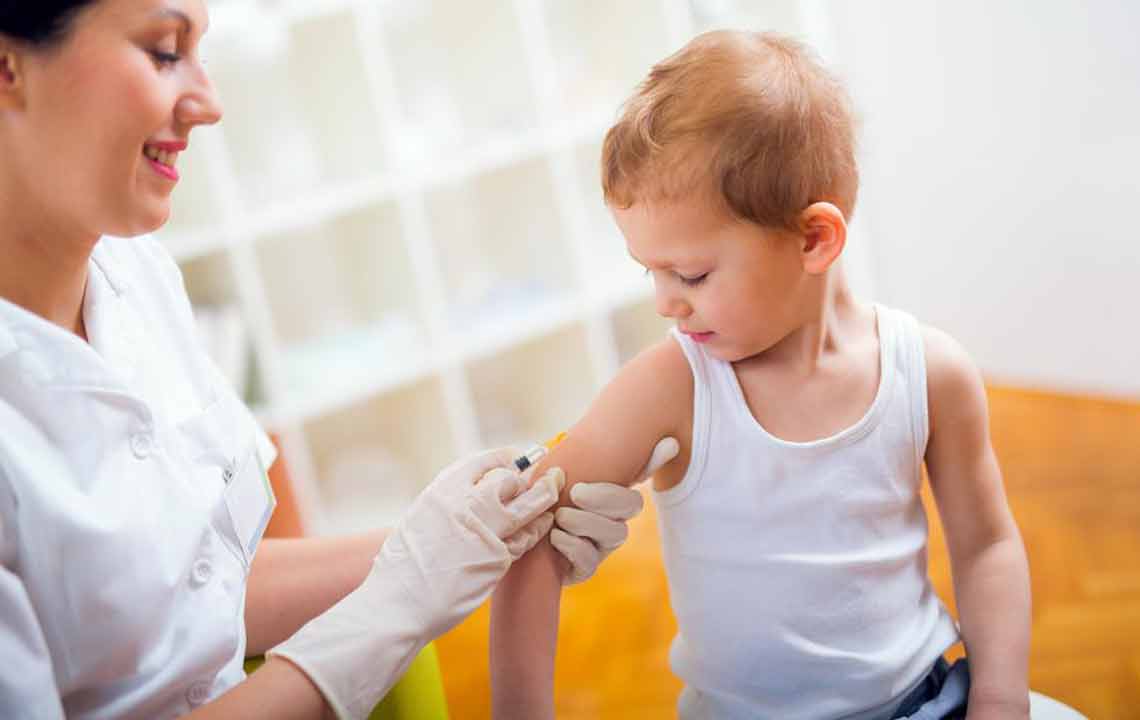Understanding HPV and Its Role in Cervical Cancer: Risks, Prevention, and Management
This article explores the connection between HPV infections and cervical cancer, highlighting risk factors, signs, prevention methods, and treatment options. It emphasizes the importance of vaccination, regular screenings, and safe sexual practices in reducing disease risk. Understanding this link helps women and healthcare providers take proactive steps toward early detection and effective management of cervical cancer, especially in regions with limited access to healthcare. Stay informed to protect reproductive health and prevent cancer development.

Understanding HPV and Its Connection to Cervical Cancer: Risks, Prevention, and Control
HPV and cervical cancer overview: Risks, prevention methods, and control strategies
Human papillomavirus (HPV) is one of the most common viral infections affecting the human reproductive system. Both men and women who become sexually active are susceptible to HPV at some point. There are over 100 HPV types, but not all pose serious health threats. Some cause benign conditions such as genital warts or respiratory tumors, which often resolve spontaneously. However, a small number of HPV strains are linked to cancers, notably cervical cancer.
Cervical cancer is the fourth most common cancer among women, with a mortality rate of approximately 51%. Many deaths occur in less developed regions where screening resources are limited.
Let’s explore how HPV infections relate to cervical cancer, the risk factors involved, as well as prevention, treatment, and control options.
What is cervical cancer?
The cervix is the lower part of the uterus connecting to the vagina, situated between the bladder and rectum. It facilitates menstrual blood flow and produces mucosal secretions for reproductive health.
The cervix can be affected by conditions like chronic inflammation, childbirth trauma, ulcers, tumors, and sexually transmitted infections (STIs).
Cervical cancer develops when abnormal cell growth invades surrounding tissues, often progressing slowly through identifiable precancerous stages.
The disease typically manifests symptoms in women aged 20-30, but diagnosis might occur later in life, often in their 50s or older.
How does HPV contribute to cervical cancer?
HPV is transmitted mainly through sexual contact. Out of over 100 types, at least 13 are known to be oncogenic.
The two primary high-risk strains linked to cervical cancer are HPV types 16 and 18.
Scientific evidence of the cancer connection has existed since the 1990s, with conclusive proof by 2000 confirming HPV as a causative factor in cervical cancer.
In fact, HPV is recognized as the first virus proven to cause cancer in humans; without HPV infection, cervical cancer is unlikely to develop.
Risk factors for developing cervical cancer
Engaging in sexual activity increases exposure to HPV.
Starting sexual activity before age 16 or within a year of menarche raises risks.
Transmission can occur through skin-to-skin contact, not just penetrative sex.
Having multiple sexual partners significantly heightens infection risk.
Smoking, immunosuppression (e.g., HIV), and having other STIs like genital herpes increase vulnerability.
Socio-economic factors influence access to screening and education, impacting disease risk.
Common symptoms of cervical cancer
Persistent HPV infection can cause lesions that may become cancerous if untreated.
Symptoms often appear after the disease has advanced, including irregular bleeding, pain, abnormal vaginal discharge, fatigue, weight loss, and leg swelling.
Prevention and control strategies
Comprehensive approaches combining vaccination, education, and screening are vital.
HPV vaccines effectively prevent infection with high-risk HPV strains.
Practicing safe sex, using condoms, promoting male circumcision, quitting smoking, and reducing risky behaviors help lower risk.
Regular screening such as Pap smears allows early detection and management of precancerous changes and early cancers.
Treatment options for cervical cancer
Treatment varies with cancer stage. Early stages can be managed with removal of precancerous cells via cryotherapy, laser therapy, or surgical procedures like conization or hysterectomy.
Advanced cancers may require chemotherapy, radiation therapy, or targeted biological treatments.
Lifestyle modifications and nutritional support are important during treatment.
Follow-up screenings and examinations are essential to monitor patient health and detect recurrences.










